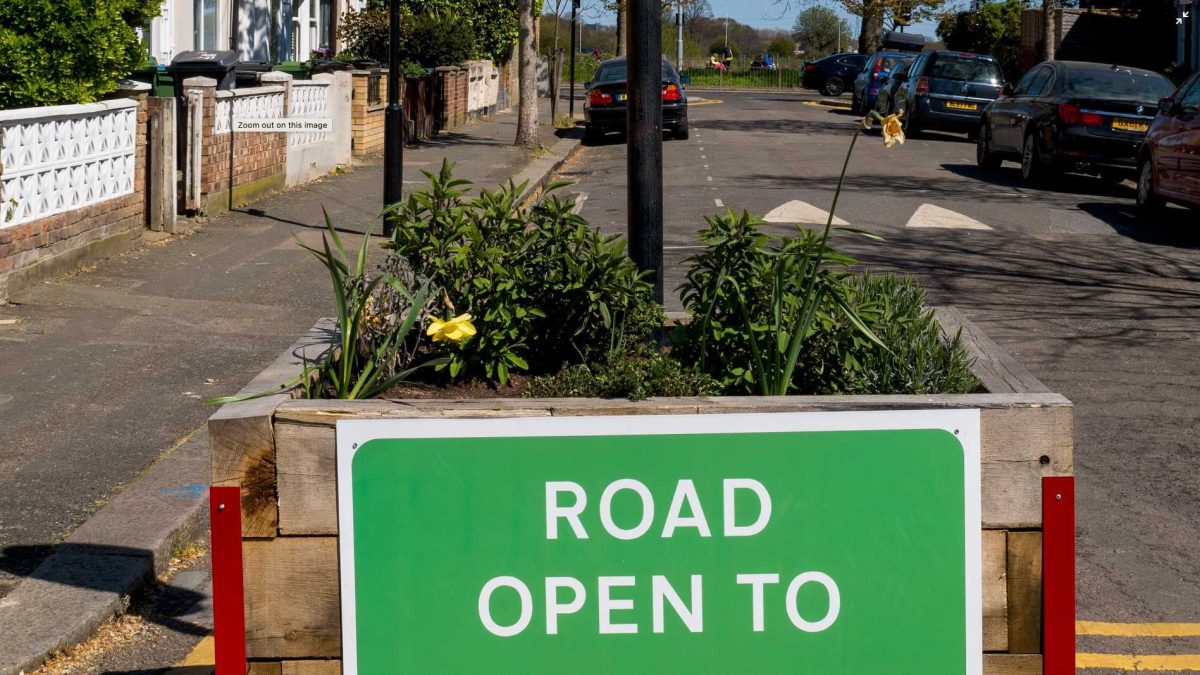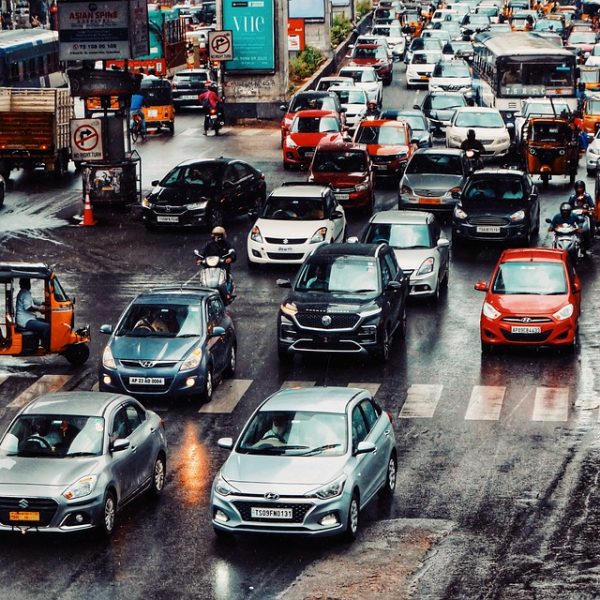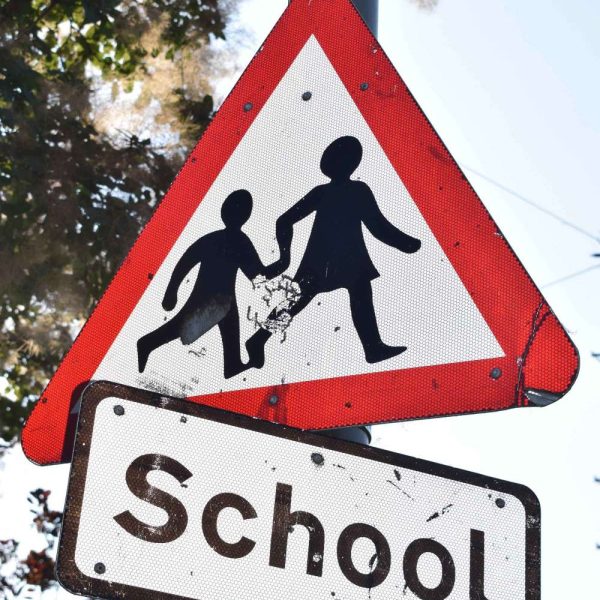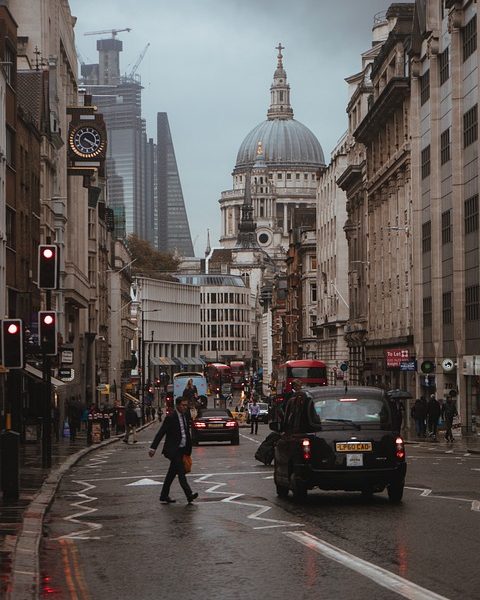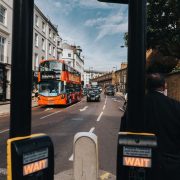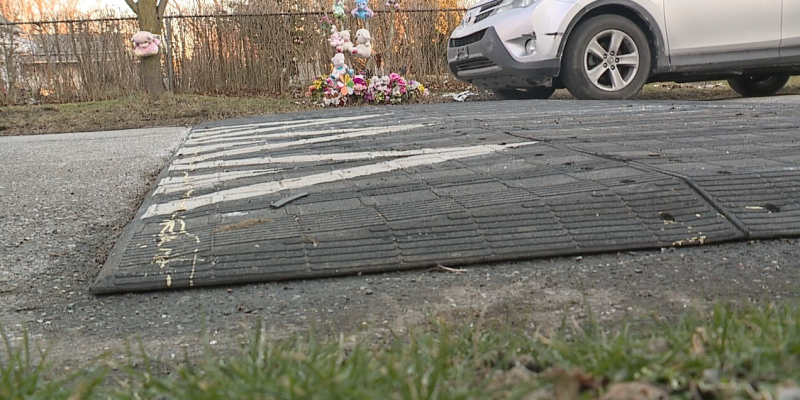
Adapting Speed Tables and Rumble Strips for Diverse Environments
In the complex ecosystem of urban and rural road networks, traffic calming measures like speed tables and rumble strips play a crucial role.
However, their effectiveness is highly contingent on the context of their application – from the high-speed environment of motorways to the bustling, vulnerable areas around schools. This article delves into how speed tables and rumble strips are adapted for various environments to ensure safety and efficiency.
Speed Tables: Versatility for Urban Settings
Speed tables are primarily used in urban settings, where controlling vehicle speed is essential for pedestrian safety. Their design – a raised area of road with a flat top – is effective in reducing vehicle speeds while ensuring a comfortable passage for larger vehicles like buses and emergency services.
In residential areas, speed tables serve a dual purpose. They not only calm traffic but also act as designated pedestrian crossings, enhancing safety for residents, especially children and the elderly. The design can be tailored to match the neighbourhood’s aesthetics, with options for different colours and textures that blend with the local streetscape.
The adaptation of speed tables for school zones is particularly noteworthy. In these areas, the design often includes additional safety features such as high-visibility markings and signs to alert drivers. The height and length of the table are meticulously calculated to ensure maximum effectiveness in slowing down traffic while maintaining a smooth flow.
Rumble Strips: Alerting Drivers on Highways and Beyond
Rumble strips are traditionally associated with highways and rural roads. Placed along the edges or centre of the road, they serve as an auditory and tactile warning to drivers, effectively reducing incidents of vehicles veering off the road due to inattention or fatigue.
Adapting rumble strips for urban environments, particularly in areas like school zones, requires careful consideration. The key is to balance their alerting function without causing excessive noise that can disturb the local community. Innovations in rumble strip design, such as using different materials or patterns that reduce noise while still providing effective sensory feedback, are being explored for these settings.
Tailoring to Local Needs and Conditions
The adaptation of these traffic calming measures also considers local conditions and specific road safety challenges. For instance, in areas with frequent fog or heavy rain, the tactile feedback from rumble strips can be a critical safety feature. In contrast, in urban areas with a high concentration of cyclists, the design of speed tables is adjusted to ensure safe and comfortable passage for bicycles.
Community Involvement in Planning
Successful implementation of speed tables and rumble strips often involves community input. Involving local residents and stakeholders in the planning process ensures that the measures meet the specific needs of the area while also gaining public support. This collaborative approach can lead to innovative solutions that are finely tuned to the unique challenges of different environments.
Conclusion
Adapting speed tables and rumble strips for diverse environments is a testament to the versatility and necessity of these traffic calming measures. Whether it’s the high-speed corridors of motorways or the busy streets surrounding schools, these measures can be tailored to address specific safety challenges. By considering local needs, engaging with communities, and staying abreast of technological advancements, urban planners and traffic engineers can effectively harness these tools to create safer road environments for all.


